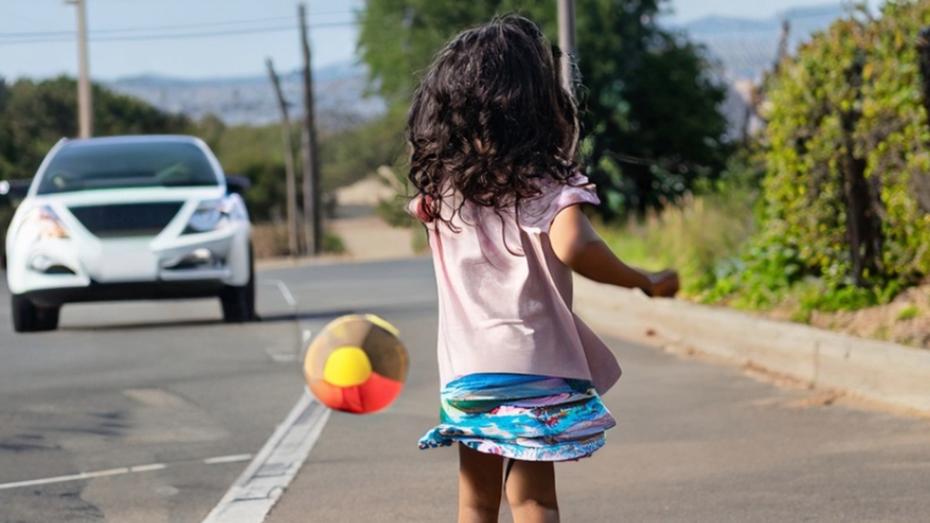wie schützen wir am besten unsere Kinder vor Straßenverkehr


Importance of pedestrian child safety
Every day, children face numerous dangers on the road, and each year, far too many of them become victims of traffic accidents as pedestrians. Whether they're going to school or playing outdoors, their safety should be a priority for all. As parents and responsible adults, we have a duty to protect our children and teach them how to move around safely.
Facts
Around 30% of all accidents including children are caused by a lack of attention or judgment errors on behalf of the children. 65% of accidents involving minors occur near their homes, and 25% of pedestrian accidents involving children under 8 years old even happen right in front of their family homes.
Children are more vulnerable pedestrians
Children are more vulnerable pedestrians, especially those under 15 years old, and this is due to several reasons:
- Size: Children are often hard to spot due to their small stature, especially when they emerge between two parked cars.
- Attention: Up to the age of 6, a child can only focus on one thing at a time. If they're chasing their ball or trying to reach their parents, they won't be thinking about cars. It's only around 11 or 12 years old, when a child becomes capable of anticipating a situation.
- Visual Acuity: Children have reduced visual acuity until the age of 10. They tend to neglect peripheral vision, which is essential for understanding traffic hazards.
- Reaction Speed: Children's reflexes are not as developed as those of adults. Additionally, children haven't yet learned to accurately gauge distances, and it's challenging for them to distinguish between a stationary car and a car moving slowly.
The Importance of being a good Example in Pedestrian Child Safety
Remember that parents should serve as examples for children. The role of adults is therefore crucial in teaching safety rules. We must consistently set a good example by scrupulously following traffic rules.
Awareness in schools and communities
Child safety is everyone's responsibility, and actions can be implemented both in schools and communities.
In schools, for example, teachers can organize educational workshops to inform children about road dangers by holding awareness events, such as road safety demonstrations or pedestrian obstacle courses.
It's also wise to limit the speed of motorists near schools or generally in areas frequented by children. Additionally, more and more communities are equipping access gates to playgrounds and schools with self-closing gates. This cost-effective and easy-to-install system ensures automatic gate closure and avoids the risk of leaving the gate open by accident, thus preventing a child from stepping onto the road.
ESimple tools with great effectiveness
Nothing replaces human vigilance, but sometimes it's not possible to keep a constant eye on your child. As mentioned earlier, it's possible to equip access gates with automatic closing systems, such as self-closers. This system can, of course, be installed at home for added safety. Your gate will then remain closed, and as a result eliminates the risk of your child running onto the road to retrieve a ball. Just remember, that 25% of pedestrian accidents involving children under 8 years old happen right in front of their homes.
Once the child is old enough to move around on its own, their safety as pedestrians should continue to be ensured by providing them with the appropriate gear. Reflective vests, LED armbands, and flashlights improve the visibility of children when walking in low-light conditions. These accessories allow drivers to see children from a distance and thereby tremendously increase their safety.
In summary, all the above mentioned tools can greatly contribute to the safety of child pedestrians. Plus, they are simple to implement and highly effective.
Conclusion:
The safety of our child pedestrians is a shared responsibility. This requires collective awareness to implement effective prevention measures. As discussed in our article, it's very important to teach children the basic rules of road safety and raise their awareness of hazards. Additionally, it's essential for drivers to be cautious and attentive, especially in areas frequented by children. Finally, equipping facilities, which are frequented by children on a regular base, can also contribute to the protection. Together, we can make a difference and ensure a safer environment for our child pedestrians.
